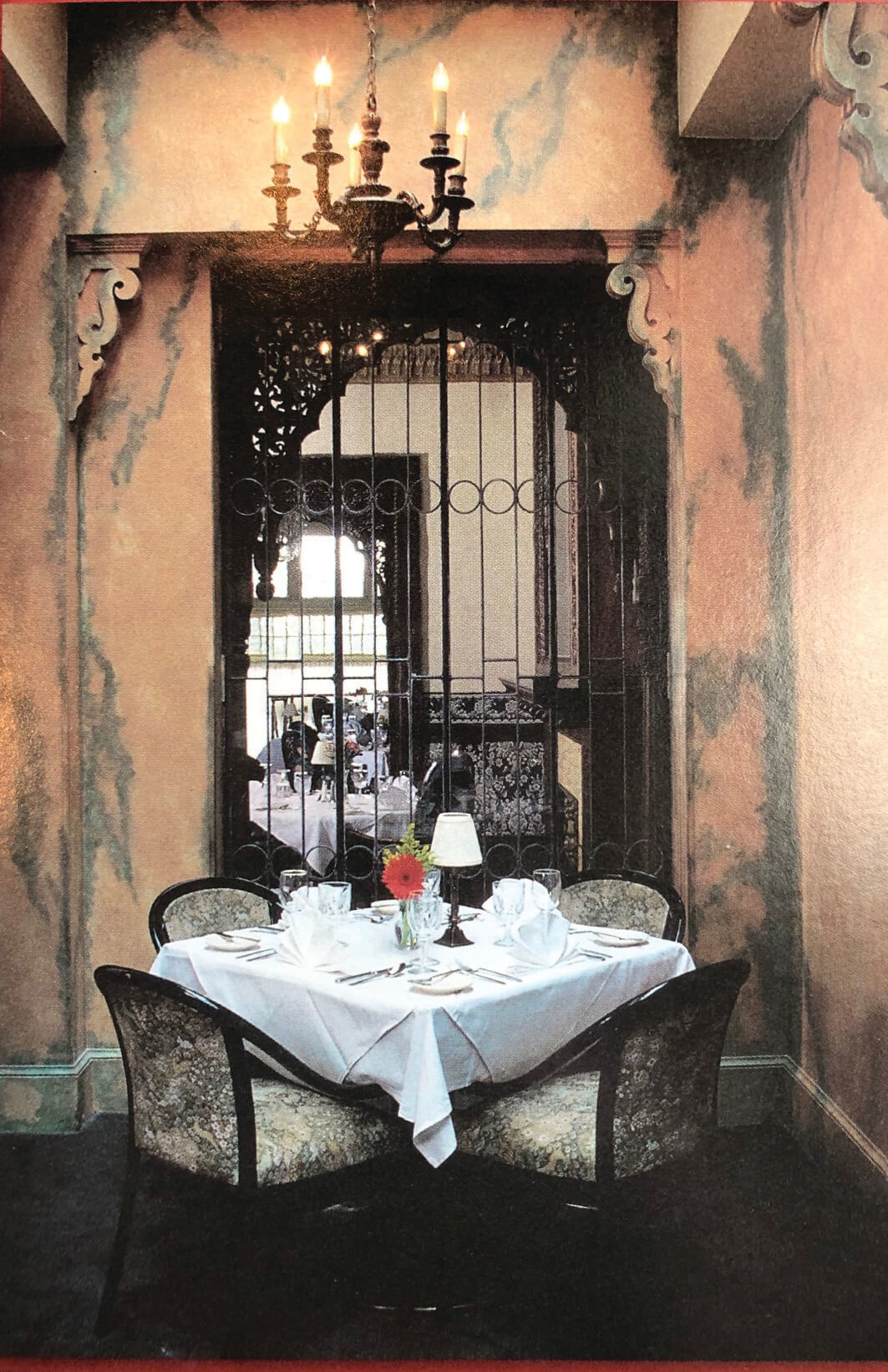Food & Drink
Gone, But Not Forgotten
Two local food writers pay homage to classic Baltimore restaurants.

Former Baltimore food and dining editor Suzanne Loudermilk and Baltimore Fishbowl columnist Kit Waskom Pollard recently teamed up to write the Lost Restaurants of Baltimore. The book, published by The History Press, spans 100 years of dining in Charm City, from Thompson’s Sea Girt House (allegedly the first place in America to serve crab imperial) to Danny’s (where famed restaurant critic Craig Claiborne was known to dine), and The Brass Elephant, where winemaker Robert Mondavi celebrated his 80th birthday.
“Even if you’re not from Baltimore, there’s a lot in here if you’re interested in restaurants or cultural history,” says Waskom Pollard. “You can learn a lot about how the world has changed.”
How did you decide which restaurants would end up in the book?
SL: It wasn’t easy. There had to be some popular cuisine such as German cuisine, which was once big in Baltimore, or we picked The Crease because it had a fern bar with green plants hanging everywhere, which doesn’t seem like a big deal now but in that day it was. We just looked for things that were representative of different trends at the time.
I know that you tracked down some people for your research. Tell me about some of your finds.
SL: I just loved finding the owner of Haussner’s living in Millsboro, Delaware, and I found Harvey Sugarman of Harvey’s at Greenspring Station in New Mexico—I had heard he was making artisan chocolate. I sent an amazing number of people friend requests on Facebook, and The Sun archives opened so many doors.
How many of the restaurants had you actually experienced as a diner?
SL: I went to a good number of them, but some I wish I had a chance to go to—The Eager House or Harvey House or The Gaslight Club. I do remember going to Martick’s several times. On my last visit, there was a couple under the table clearly engaged in a sexual act. We had had brought out-of-towners for dinner, and we said, “Oh, it’s just this real Baltimore place,” and then we all looked up at the same time and see this activity—we just laughed and drank more.
KWP: I’m grateful that I got to go to Haussner’s as a kid before it closed. It was fabulous and exciting with all of the artwork.
Tell me about the vintage menus and what dishes were popular.
SL: There were so many similarities, especially when you talk about Danny’s and The Chesapeake. There were always crab cakes, some sort of consommé, and steaks were huge at The Chesapeake—it was supposedly the first place on the East Coast that had the charbroiled steaks. Several restaurants, including The Chesapeake, claimed they were the first to serve Caesar salad.
KWP: Fortunately, the New York Public Library had the menus in the public domain. I saw menus with the date on them. There were new menus every night, which is interesting because that’s something that seems so modern, but it was happening then, too.
What was the overall scene like back then?
SL: People would actually come from D.C. by train, so we were known as more of the food town than Washington, D.C.
KWP: There were a few hotspots, such as when a performer was coming to the Mechanic or The Lyric, they’d go to The Chesapeake or The Pimlico Hotel. It was a scene at a handful of places.
If you had to give advice about the formula for a successful restaurant based on your research, what would you say?
KWP: The places that endure, in part, are the right restaurant for the neighborhood. What happened toward the end of Velleggia’s tenure is that the traffic patterns changed in the city. What contributed to the decline of Peerce’s Plantation is that people stopped taking Sunday drives along the Loch Raven Reservoir.
What made a restaurant a classic?
SL: It’s interesting that people didn’t talk that much about the food when we interviewed them. At the time, it was more about the front-of-the-house people that were the big deals.
KPW: I realized that the classic places were more about how they made you feel. It’s that Maya Angelou quote that you don’t remember what people said or what they did, you remember how they made you feel—the same thing is true for those classic restaurants.
For more behind-the-scenes commentary on Lost Restaurants of Baltimore, check out our Local Flavor Live podcast interview with Suzanne Loudermilk, here.